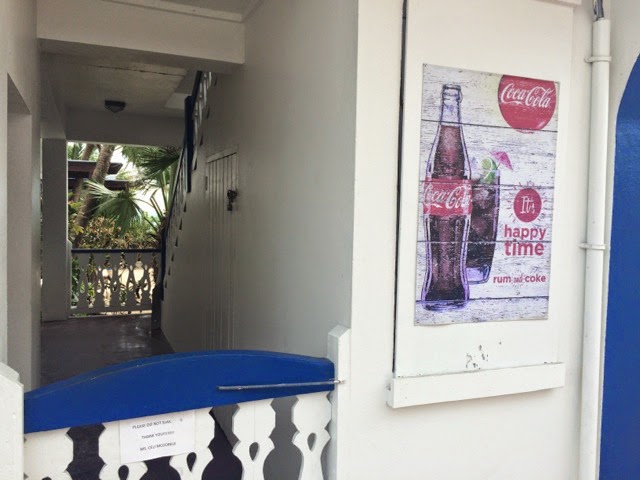Charlie Munger is a guy who knows how to get to the point. I came to investing for dividends via value investing. It took me a long time to appreciate what the important differences are.
Charlie Munger managed to sum it up in on paragraph: "If you buy something because it's undervalued, then you have to think about selling it when it approaches your calculation of its intrinsic value. That's hard. But if you buy a few great companies, then you can sit on your ass. That's a good thing."
Mr. Munger was not specifically talking about dividends, he was talking about buying quality. But the net result is the same. Value investors have much longer time horizons than most investors. Most value investors I know one year is a short holding time, and three to five years is typical. That is really long compared to most people, but income investors have even longer time horizons than value investors. The really interesting returns come once compounding the dividend income has really had a chance to work. This can easily take more than 5 years. The r
eally interesting numbers start to come more like 8-10 years out.

Value investors can make great buying mediocre businesses at great prices and then selling them as they approach fair value. Income investors really should avoid mediocre companies because who know if they will be around earning profits ten years out? At various times over the past decade, Crocs would have been a great deep value investment. But a company like Crocs would never pass the quality filter that an income investor needs to earn income a decade plus out. Compare owning Crocs to Berkshire Hathaway's purchase of Coca Cola. Last year, Coca Cola sent $488M in dividend income to Omaha (author's calculations), but Berkshire only paid $1.2B for its Coca Cola stake. That makes for a massive and growing yield on cost.
This distinction matters even more if you have a
full time job and cannot worry about tracking market gyrations and numerous decision points. Income investing works great if you have a job, because your "portfolio manager" job involves buying quality - more Coke less Crocs - and sitting on your ass, then you can get back to your real job.
The second wise man, Todd Wenning, really clarified this distinction for me in his
Income Investor's Manifesto post which reverse engineers the keys to success in income investing versus value investing:
"income investing has a distinct research process that focuses on a company's ability to sustain and increase its dividend. Where value research typically begins with a company's balance sheet and growth research starts with the income statement, dividend research commences on the cash flow statement.
From the cash flow statement, for instance, we can determine free cash flow coverage, earnings coverage, how the company approaches dividends versus buybacks, debt repayment trends, acquisition trends, and more.
This analysis is critical in determining a company's dividend health and therefore the cash flow statement is the necessary starting point for dividend research."
Todd Wenning says income comes first in income investing tenets -
"1. Income first: Naturally. The most important difference between income and the value and growth strategies is that its primary focus is on income generation, with capital gains being a secondary concern. More specifically, the focus is on generating a sustainable and growing stream of cash flow (at least the rate of inflation) and avoiding dividend cuts. If this can be accomplished, capital gains should take care of themselves over time.
I would go one step further and say that
Quality Income comes first. Quality income comes from quality in the business producing the income, there's no sense in buying dividends that are at risk to be cut because
coverage is too low. The intersection of low quality plus high current yield is often a warning signal. On the other hand, Coca Cola at a current yield in the high 2s versus Coca Cola yielding near 33% on cost seem like fundamentally different propositions to me. The difference is not in the stock itself its in the time, that's down to the staying power of the company and the investor to reach that goal.
The third wise man, Josh Peters,
recently summarized his ten years running dividend portfolios are Morningstar. The lessons he derived are great because he shares what did not work as well as what did. The portfolios earned annualized total return of 9.4% versus 7.7% for the S&P 500. That beats the field by a wide margin.
Josh Peters' key insight that really struck a chord with me was this - let the companies do the work:
"Our best results have been from high-quality companies--sometimes where we paid nearly fair prices, not bargain prices--that have created a tremendous amount of value for shareholders just because they have good management and good assets. Let those companies do the work. Let your winners run. It doesn't mean you take your eye off the ball in terms of valuation; but the best dividend investing, the best management of a stream of income for total return turns out to be very much that buy-and-hold strategy that a lot of people look down on and have some concerns or qualms about these days. Let the companies do the work."
In value investing, you are relying on the investor's ability to spot bargains. In income investing its the ability to spot quality that counts. The function of cheapness is central to value investing, the cheaper the better. The function of price in income investing is different, the Nestle's of the world are never all that cheap. The function of price in income investing is not get a bargain but rather to ensure that you do not overpay.
So distilling the wisdom of these three wise men - count the cash flow, check the coverage levels, and then sit on your ass and let the companies do the work.






